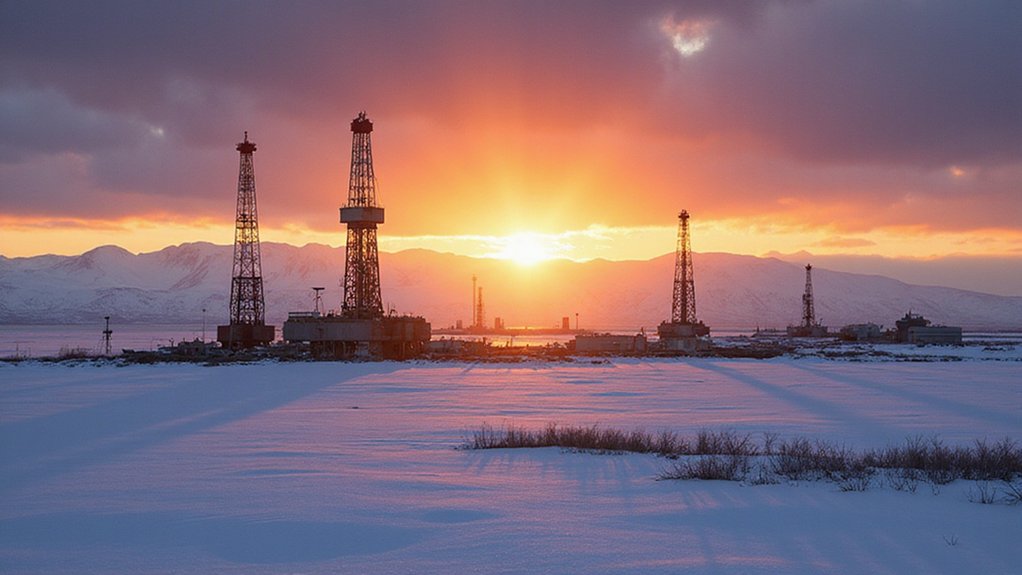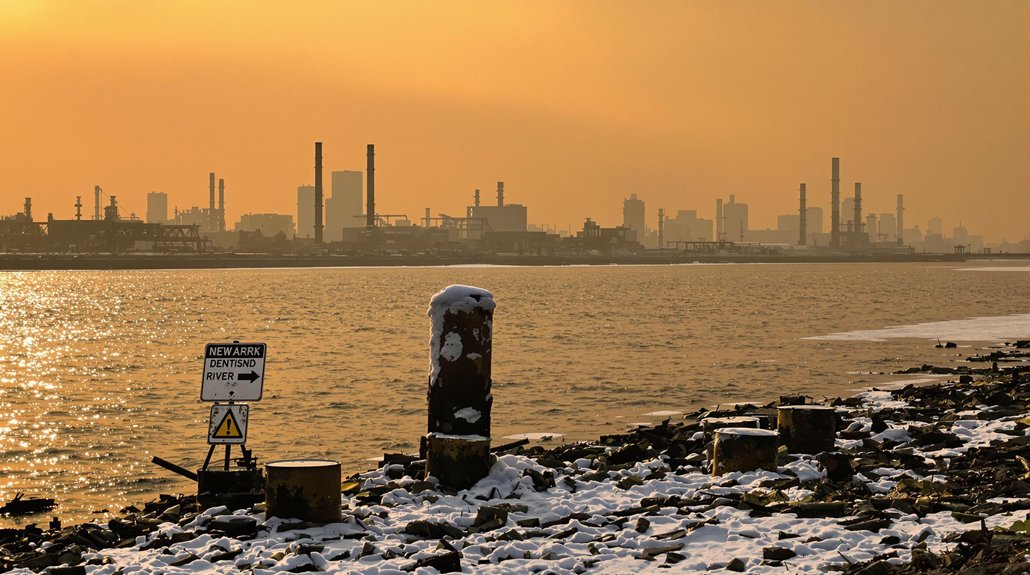Alaska’s resources have become a contentious political issue under Trump’s agenda. The administration is pushing to increase oil, gas, and mineral extraction across the state through executive actions. These efforts focus on expediting permits for projects like Willow, which could produce 180,000 barrels daily by 2029. Environmental protections and indigenous rights concerns clash with national security and economic arguments. The struggle demonstrates America’s ongoing tension between conservation and development priorities.
While Congress considers new policies about Alaska’s resources, the Trump administration has made clear it wants to increase access to the state’s vast energy and mineral supplies. Recent executive actions aim to maximize extraction from both federal and state lands while speeding up permits for energy projects.
Alaska holds impressive amounts of natural resources. The Arctic National Wildlife Refuge coastal plain alone contains an estimated 10.4 billion barrels of crude oil. The state also has about 2.8 billion tons of coal reserves, ranking 13th in the nation. Most oil production happens on the North Slope, where over 95% of Alaska’s crude is extracted.
The administration has targeted specific areas for development. A 2025 executive order calls for reopening up to 82% of the National Petroleum Reserve for energy leasing. It also directs review of federal Public Land Orders that limit resource access for Alaska Native Corporations.
Oil and gas remain a central focus. The Willow project in the National Petroleum Reserve could produce up to 180,000 barrels daily by 2029. Officials are also fast-tracking liquified natural gas (LNG) projects and pipeline infrastructure for both domestic use and export markets. The executive order specifically prioritizes the transportation of LNG to other regions of the United States and allied nations.
The administration hasn’t forgotten about minerals. Executive actions support increased exploration and extraction of critical minerals needed for national security. This policy responds to concerns about global supply chain vulnerabilities. Similar to aviation industry’s supply chain limitations affecting sustainable fuel production, Alaska faces resource extraction constraints despite abundant reserves.
Alaska’s unique situation explains the interest in its resources. The state has the nation’s highest per capita energy demand due to its harsh climate and industrial activities. This creates both challenges and opportunities for resource management.
The administration’s approach includes reversing previous restrictions on resource development and directing agencies to use all legal authority to advance Alaska projects. These changes could affect environmental protections and indigenous rights, creating tension between development goals and conservation concerns.
As Congress debates these policies, Alaska’s resource-rich lands remain at the center of a high-stakes political struggle with far-reaching consequences.
References
- https://www.whitehouse.gov/presidential-actions/2025/01/unleashing-alaskas-extraordinary-resource-potential/
- https://www.hklaw.com/en/insights/publications/2025/01/executive-order-unleashing-alaskas-extraordinary-resource-potential
- https://www.doi.gov/pressreleases/interior-secretary-takes-steps-unleash-alaskas-extraordinary-resource-potential
- https://www.blm.gov/sites/default/files/docs/2025-04/BLM-AK-EO-14153-Combined-Summary-Doc-March-2025.pdf
- https://www.eia.gov/state/analysis.php?sid=AK








